Secrets of the Giro d'Italia 2017 - Analysis
100th edition of the Corsa Rosa favours the climbers
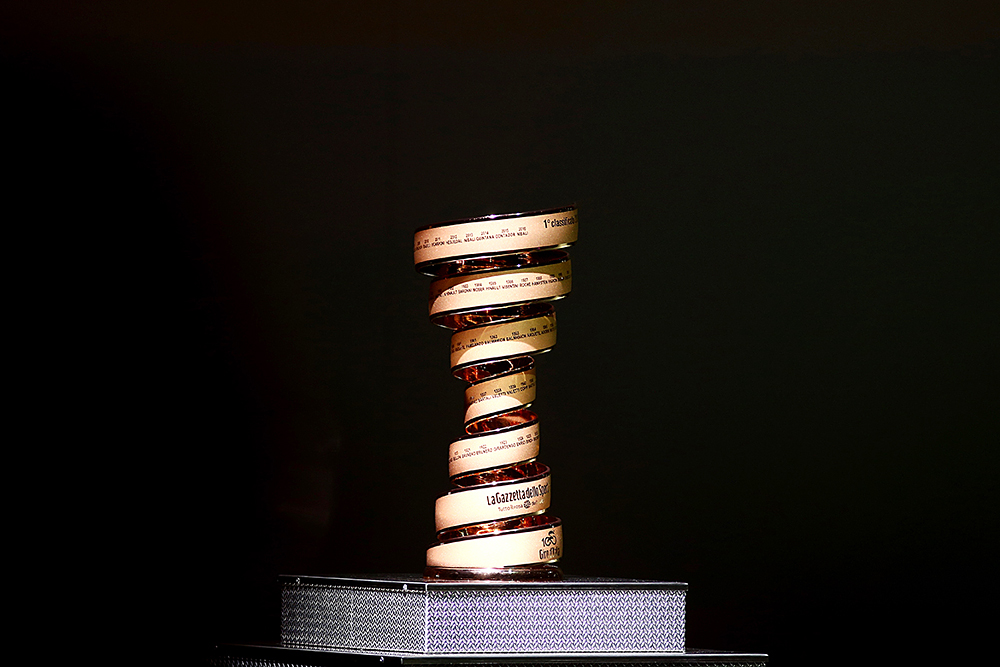
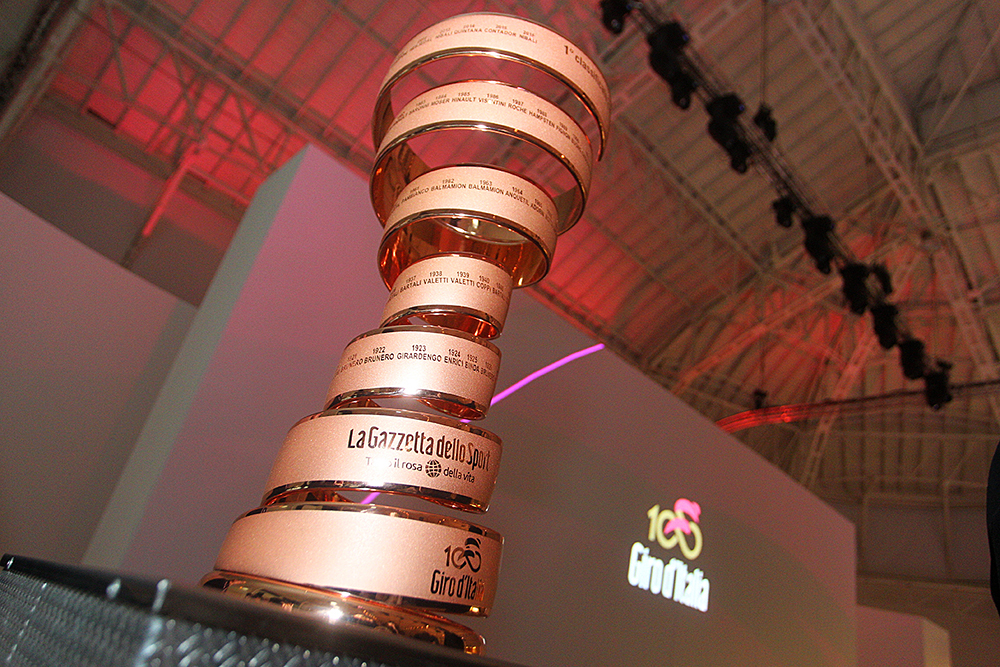
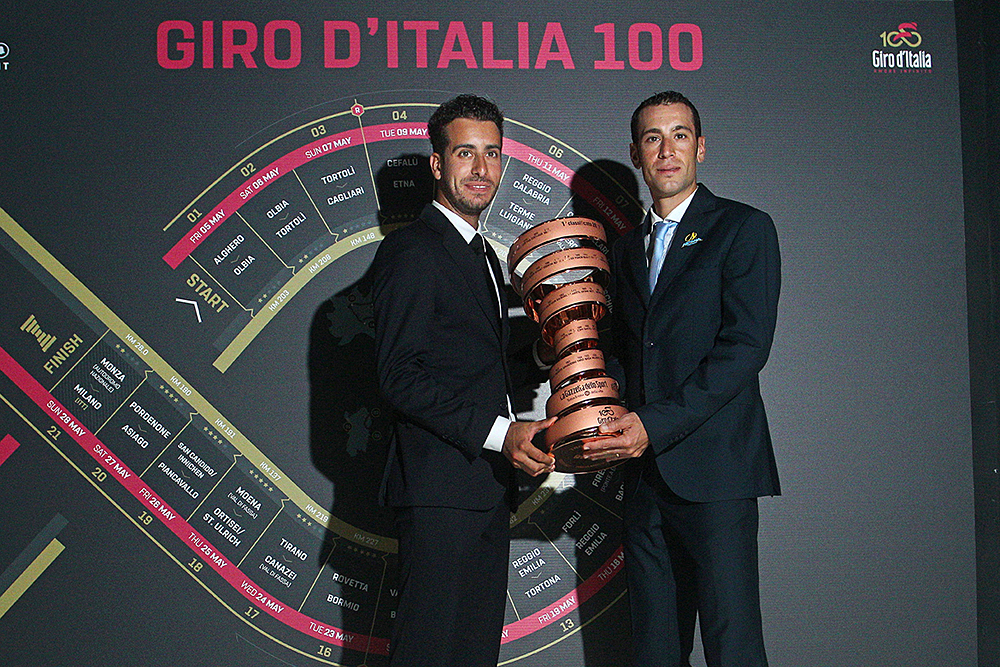
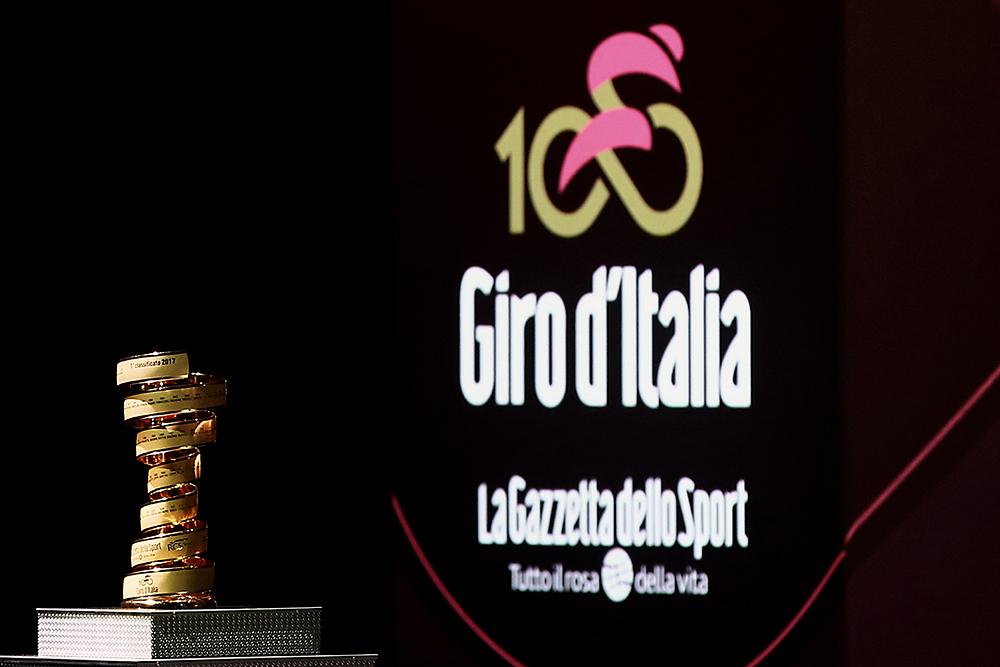
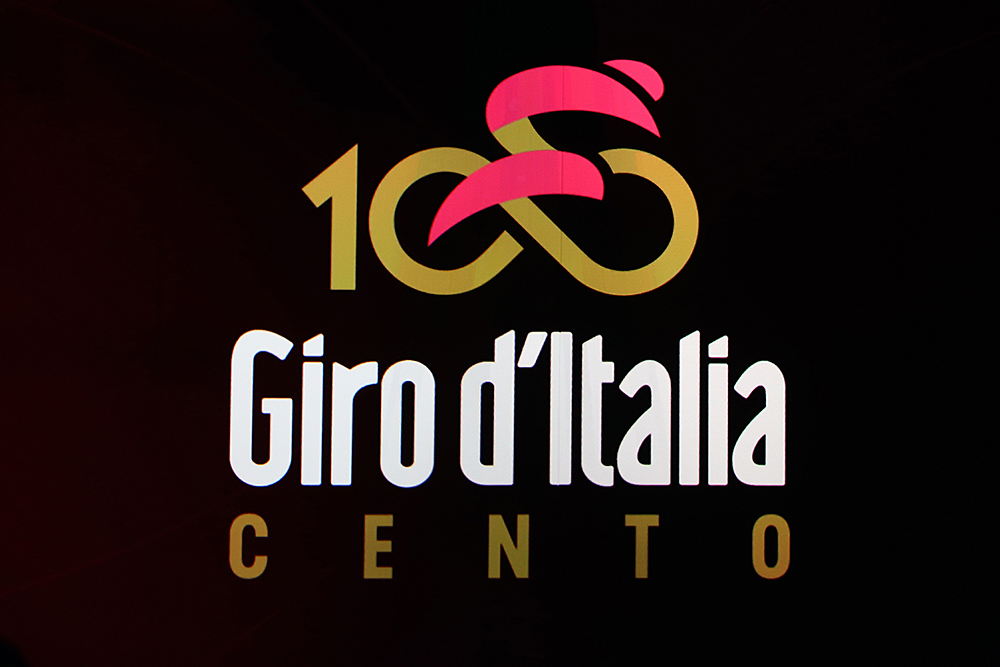
A Giro d'Italia for the climbers
Aru to target Giro d'Italia and Vuelta a Espana in 2017
Formolo aims for leadership role at Giro d'Italia's 100th edition
Giro d'Italia 2017: 'Whoever doesn't ride will miss out on a special race' says director Vegni
Giro d'Italia 2017 presentation brings together past champions - Gallery
Nibali refuses to confirm if he will ride the 2017 Giro d'Italia
The 2017 Giro d'Italia route is packed with mountain stages of every kind, balanced partially by 67km of individual time trialing. However, the race still favours the climber but they will have to know how to handle technical descents, racing at altitude and have the endurance to be at their best for three weeks. Tom Dumoulin might be tempted by the time trials but he will have to suffer all the way to Milan if he wants to fight for the pink jersey.
The mountain stages vary greatly and are spread throughout the 21 stages. The first real mountain finish is on stage 4 on the exposed slopes of Mount Etna. The climb to Blockhaus on stage 9 comes after a long, flat ride up the Adriatic coast but is 13.2km long and has an average gradient of 8.5%. Stage 14 to Oropa also ends with a final vicious climb, while the final week includes five consecutive stages in the mountains will multiple climbs each day.
Stage 16 over the Stelvio is a brute, while stage 17 to Canazei is a day of watching and waiting. Stage 18 includes four major climbs in just 137km. It is followed by the haul across the Friuli region and the 15km climb to Piancavallo. Stage 20, on the final Saturday, will test riders' endurance with the final climb of the Giro d'Italia up the tight hairpins of the little known Foza.
The final time trial will crown the overall winner in Milan but the mountains will create the important time differences.
Turn up ready to race
Whoever targets the Giro d'Italia will have to be at their best right from the start and hope to hold their form through all the mountain stages.
Get The Leadout Newsletter
The latest race content, interviews, features, reviews and expert buying guides, direct to your inbox!
This means that riders will have to race consistently in the spring to be on form at the start on May 5 and for the first mountain finish atop Mount Etna. The big favourites will have to start serious training in early December, impress at Tirreno-Adriatico in March and then do a block of altitude training and race either the Giro del Trentino or the Tour of Romandie. Time will be tight, especially if a rider has had a long 2016 season like Nibali.
Illness or injury in the spring could ruin a favourite's chances of success. Preparation will be as important as the race its self.
A special victory for any rider, including Chris Froome
The Giro d'Italia always struggles to attract all the best Grand Tour riders in the peloton with many of the biggest names in the sport focusing on the Tour de France for personal or team sponsorship reasons.
Nibali and Aru will no doubt ride in 2017, sparking a passionate Italian rivalry. Steven Kruijswijk also quickly threw his hat in the ring after his disappointment this year but who else will turn up for the start in Sardinia remains unclear.
RCS Sport has hinted they are trying to convince Chris Froome to race. He seemed to wink at their advances via Twitter but has already said the Tour de France remains his major goal of 2017.
Nibali was quick to call on the Briton to ride, to experience the emotions of the Giro as an overall contender.
The 100th edition of the Giro d'Italia will be special and it would be even more so if Froome chose to race, to put aside Team Sky's desire for yet another Tour victory, to forget about business interest, brand visibility and return on investment.
Riders of the calibre of Esteban Chaves, Thibaut Pinot, Romain Bardet and even Richie Porte and Tejay van Garderen should think about their goals for 2017. What would stand out on their palmares more? A possible podium place in July or victory at the 100th edition of the Giro d'Italia?
Sprinters will need to fight for every win
The 2017 Giro d'Italia should provide three weeks of great racing amongst the overall contenders but there is little left on the table for the rest of the peloton, especially the sprinters.
In theory, there are six stages that end on flat roads but three of these include short climbs of varying difficulty that could see some sprinters distance and lose any chance of success. The only totally flat stage is on day 13 from Reggio Emilia to Tortona, the sprinters and their teams will have to work hard for every other shot at victory and breaks and the overall contenders could spoil their chances.
The only consolation for the sprinters is their shot at wearing the pink jersey after the opening road race stage to Olbia and the lack of a final sprint stage in Milan on the final day.
In Sardinia, the sprinters will have to make it over the San Pantaleo climb, 20km from the finish to try to take pink. They should know that Mario Cipollini was dropped on the same climb back in 2007.
The good news for the sprinters is that nobody expects them to suffer through the final week in the high mountains just to finish the Giro d'Italia. The time trial, instead of a final flat road stage, will give them a pass to climb off during the second week.
The good stuff
The 2017 Giro d'Italia appears extremely hard on paper but there are several nuggets of good news that will help ease the pain during the three weeks.
First, the transfers between stages are relatively short, with race director Mauro Vegni claiming they are a third of those at the Tour de France. The riders will fortunately fly between Sardinia and Sicily, and then take a short ferry to the mainland. They will also get a chance to taste some of the great regional food of Italy as they ride from the island south and then into the mountains of the north. The time trial celebrates the Sagrentino wine in Umbria and then the best Prosecco on the final mountain stage.
Numerous stages visit climbs or the birthplace of riders who have made the history of the race over the last 100 years. Stage 11 starts in Gino Bartali's birthplace, while stage 14 will rolls out from Castellenia, the tiny hilltop village where Fausto Coppi was born and is buried.
For Italian cycling aficionados, the 2017 Giro d'Italia will be a veritable history lesson about the sport.

Stephen is one of the most experienced member of the Cyclingnews team, having reported on professional cycling since 1994. He has been Head of News at Cyclingnews since 2022, before which he held the position of European editor since 2012 and previously worked for Reuters, Shift Active Media, and CyclingWeekly, among other publications.